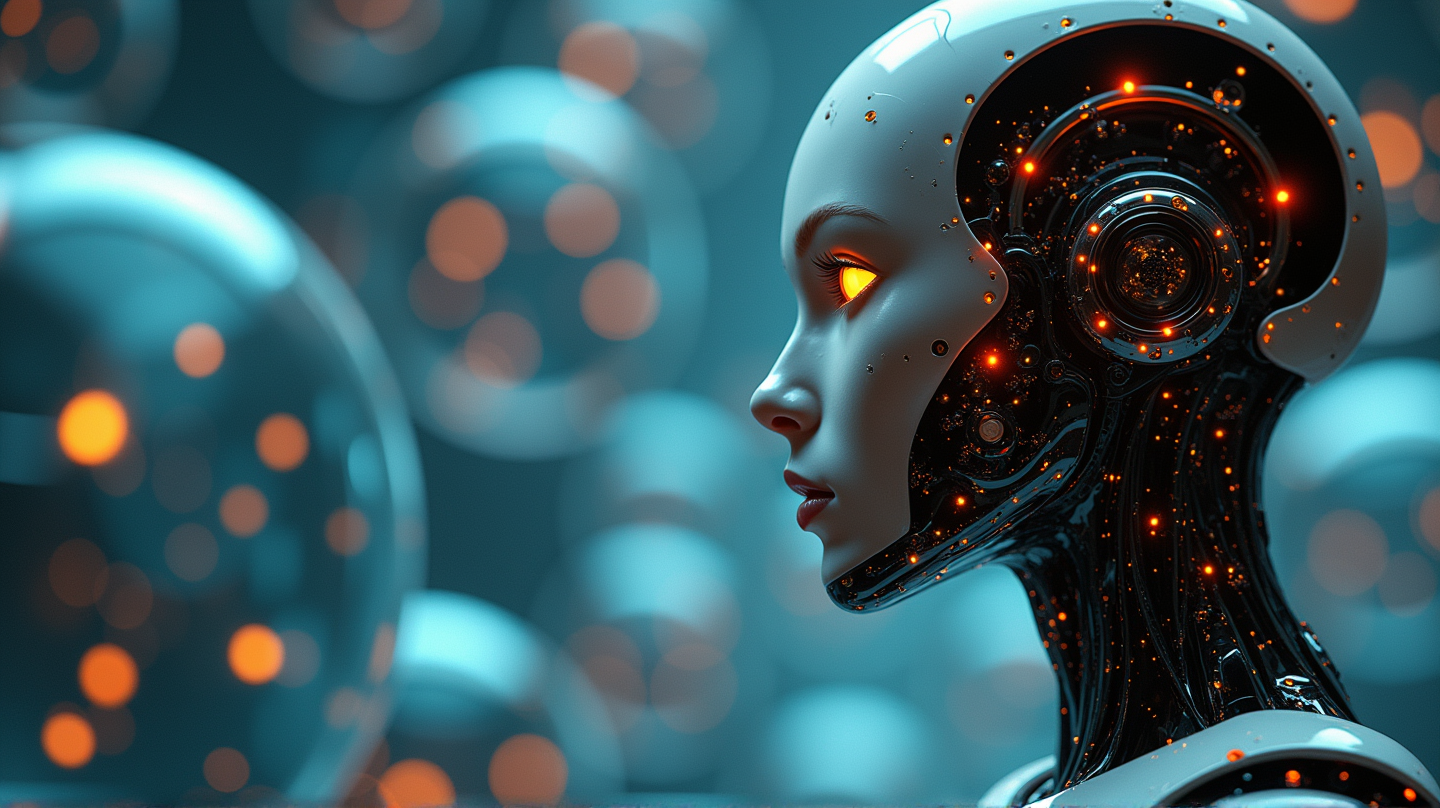With tech giants like Tesla pouring billions into the development of humanoid robots, backed by the fervor of venture capitalists, the stage seems set for a revolutionary breakthrough. However, renowned robotics expert Rodney Brooks, co-founder of iRobot and MIT professor, has issued a dire warning: the humanoid robot craze is but a bubble, and it’s on the verge of bursting.
Bridging Fantasy and Reality: The Unyielding Technical Bottlenecks
As companies like Tesla train robots to improve their abilities by watching human actions in videos, Brooks critiques this as “pure fantasy.” The insurmountable challenge lies in replicating the complexity of the human hand’s tactile perception, which is impossible with current technology’s limited understanding of tactile feedback.
Moreover, Brooks stresses the inherent safety risks of bipedal robots. The fragile balance they require poses severe hazards, with physics illustrating how larger robots could unleash catastrophic energy if they fall. Additionally, existing issues with battery life and environmental adaptability make large-scale deployment a seemingly unattainable goal.
Brooks’ insights resonate with industry insiders who acknowledge the parallels to the 3D printing hype of the early 2010s. According to 36Kr, the technology might require decades to become truly practical.
Market Enthusiasm vs. Real-World Feasibility
Despite these obstacles, investment in humanoid robotics is soaring. Venture capitalists have poured over \(10 billion into companies like Figure, pushing its valuation to an astronomical \)39 billion. Meanwhile, optimistic market projections suggest potential growth to $5 trillion by 2050. Yet Brooks warns this influx is funding costly experiments unlikely to yield viable mass production, reminiscent of the unfulfilled promises of autonomous driving.
From Generative AI to Hands-On Intelligence: Reassessing AI Expectations
Brooks extends his skepticism towards the perceived capabilities of generative AI, highlighting empirical research showing AI tools may not enhance productivity as much as believed. Applying immature AI technology worsens challenges in physical robotics, particularly concerning intricate interactions and force control.
Navigating a Giant-Laden Landscape: A Pragmatic Approach
Despite critiquing the influence of tech behemoths, Brooks acknowledges the inescapable ecosystem dominated by giants like Google and Microsoft. His pragmatic outlook, shaped by real-world experiences developing reliable products, has led his new venture, Robust.AI, to focus on practical robots like an intelligent forklift rather than humanoid forms.
Choosing the Path Forward: Reality Over Hype
Predicting that future “humanoid” robots might discard human-like designs in favor of practicality, Brooks emphasizes that true technological advancement must focus on measurable improvements. Without foundational breakthroughs, the fall of the humanoid robot hype seems inevitable. Brooks urges the industry to focus on tangible business value and functionality, potentially leading the way with practical innovations like the Roomba over alluring yet impractical designs.
Brooks’ message is clear: while the dream of humanoid robots captivates imaginations, only solutions providing genuine value will stand the test of time.
